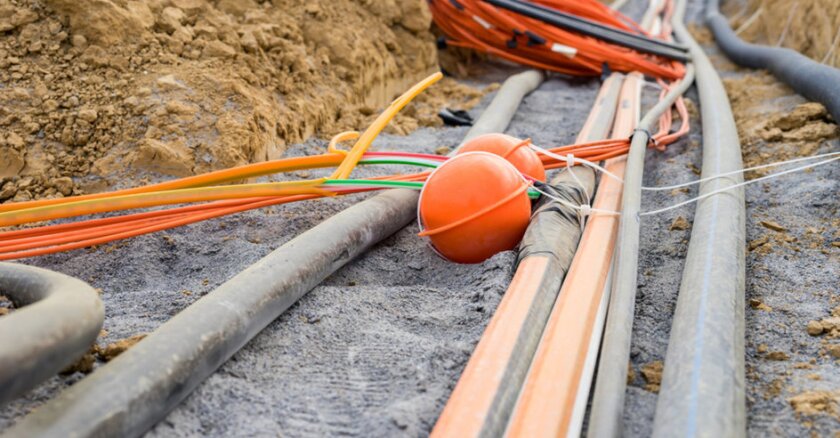The grant money comes from the first round of the state’s ConneCTed Communities Grant Program. The federal dollars come from Connecticut’s portion of the American Rescue Plan Act, with money designated to support access to high-speed Internet by funding infrastructure projects to expand broadband access. A total of $40.8 million is available for the program, according to the governor’s office.
“The expansion of broadband infrastructure will make Connecticut’s towns and cities stronger, more resilient, and better positioned to engage in today’s increasingly digitized world,” Lamont said. “Awarding these funds is a critical step in the crucial push to make broadband more widely available.”
Across the state, there will be a total of 3,320 project locations, according to Lamont. The largest share of funds were awarded to broadband provider Comcast for over 2,000 locations in 75 different communities. Among the areas being served, 26 communities are on the state’s Distressed Municipalities list. The other providers include Verizon, Frontier and GoNetSpeed.
“Broadband is a necessary part of daily life and bringing high-speed Internet access to every community in the state is essential for our future,” DEEP Commissioner Katie Dykes said. “The ConneCTed Communities Grant Program was developed with the goal of reaching every unserved and underserved location in the state, preparing our communities with the infrastructure they’ll need in the years to come.”
The community that will receive the most grant funding this round is Greenwich, where there will be 148 project locations with an approximate cost of $1.8 million. Despite the fact that Greenwich is one of the state’s most affluent communities, it has been historically underserved with reliable, high-speed broadband access, according to DEEP spokesperson Will Healey. This is in part because of long driveways and homes that sit far away from the road with large parcels of land, making it more difficult and costly to serve those areas, Healey told the Courant.
“A variety of factors play a role in the cost to serve locations, including but not limited to the location of existing infrastructure, the method of deployment (aerial vs underground), the density of locations, geographic challenges, and the particular circumstances of the technology being deployed. A portion of the broadband infrastructure being deployed in Greenwich will be underground, increasing the cost of the overall build out as compared to other projects, including the project in Sharon-Cornwall,” Healey said.
The town with the most project locations is East Windsor, with 237, costing approximately $837,000. But despite more locations being served, the costs are less than those in Greenwich. Healey said that is partly due to the size of East Windsor’s area being served, which is smaller than the town of Greenwich, allowing for easier access and buildout.
“While the project in East Windsor will utilize both underground and aerial deployment methods, similar to the Verizon project, the locations to be served by the East Windsor project are situated in a significantly smaller geographic area. This impacts the cost associated with construction of the network accordingly,” Healey said.
©2024 Hartford Courant, Distributed by Tribune Content Agency, LLC.








